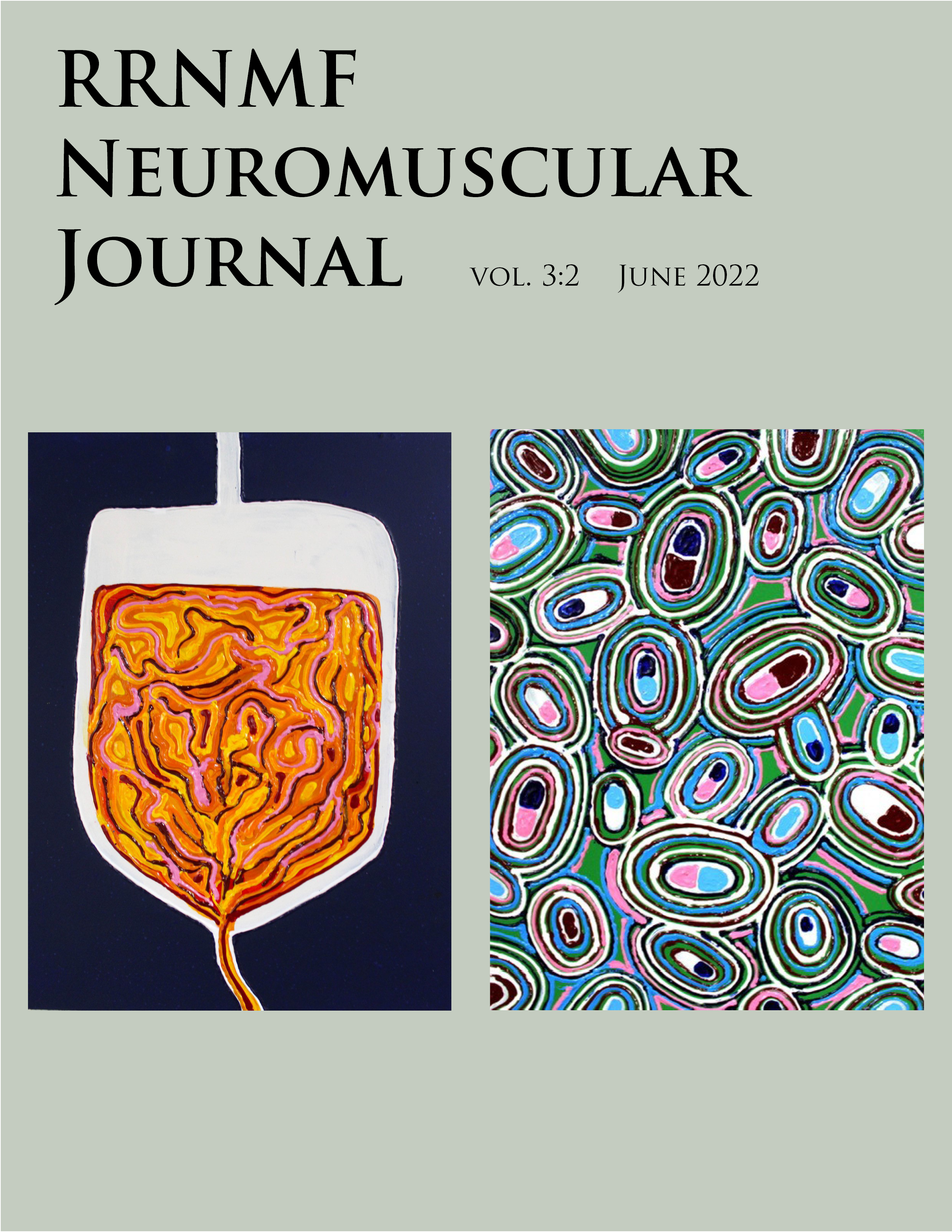Optimizing chronic inflammatory demyelinating polyneuropathy care with subcutaneous immunoglobulin: The Polyneuropathy and Treatment with Hizentra Open-Label Extension (PATH OLE) study and beyond
DOI:
https://doi.org/10.17161/rrnmf.v3i2.16304Keywords:
Chronic inflammatory demyelinating polyneuropathy, Subcutaneous immunoglobulin, Immunoglobulin therapy, Maintenance therapy, Treatment guidelinesAbstract
Chronic inflammatory demyelinating polyneuropathy (CIDP) is a heterogeneous, acquired autoimmune neurological disorder affecting peripheral nerves. CIDP is characterized by progressive weakness, reduced or absent tendon reflexes and impaired sensory function in the lower and upper limbs. CIDP diagnosis is mainly based on clinical, laboratory and electrophysiologic criteria and there are currently no diagnostic or prognostic biomarkers. First-line treatment options include corticosteroids, intravenous immunoglobulin (IVIg) and plasma exchange (PLEX). While IVIg and corticosteroids are the most common therapies administered for CIDP, there are challenges associated with their use, including systemic adverse events (AEs), some of which can be serious. Studies have shown that subcutaneous immunoglobulin (SCIg) may be associated with improved quality of life, which is attributed partially to the patients’ freedom to administer SCIg at home and at their convenience. While AEs with SCIg mostly consist of local site reactions, SCIg is associated with fewer systemic AEs compared with IVIg, and these are commonly mild, though severe reactions may rarely occur. A number of studies in the last decade have assessed SCIg in CIDP. One of these studies, the Polyneuropathy and Treatment with Hizentra® (PATH) study, was a global phase 3, double-blind, randomized, placebo-controlled trial that assessed the efficacy, safety, and tolerability of SCIg treatment in patients with CIDP. Based on the results of the PATH study, the US Food and Drug Administration (FDA) approved SCIg as a maintenance treatment for CIDP in 2018. This review summarizes and discusses the results of the PATH study and its open-label extension (OLE) study and provides an overview of the April 2021 update to the Hizentra® FDA-approved U.S. package insert based on findings from the PATH OLE. In addition, the review highlights key elements of the second revision of the European Academy of Neurology/Peripheral Nerve Society (EAN/PNS) guideline for the diagnosis and treatment of CIDP. Finally, this review discusses the characteristics of patients with CIDP who may benefit from SCIg treatment.
Downloads
Downloads
Published
Issue
Section
License
Copyright (c) 2022 Mazen M. Dimachkie

This work is licensed under a Creative Commons Attribution-NonCommercial-NoDerivatives 4.0 International License.

